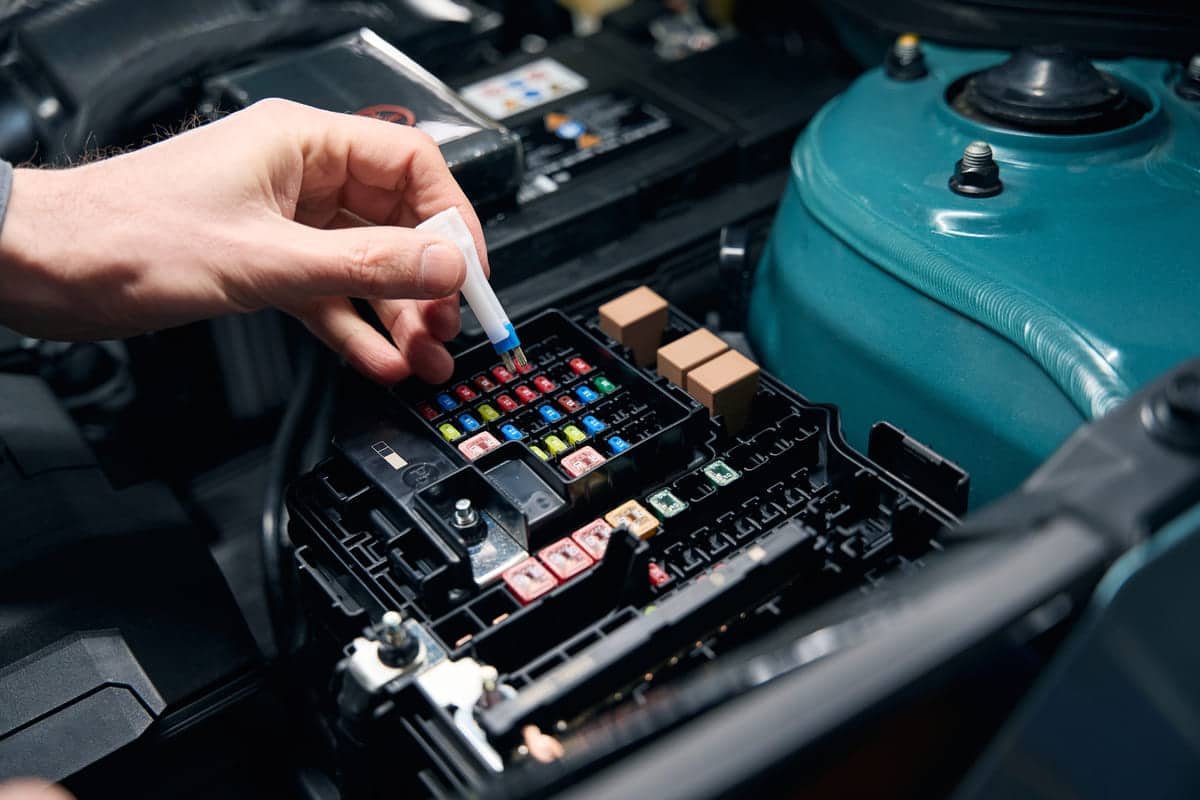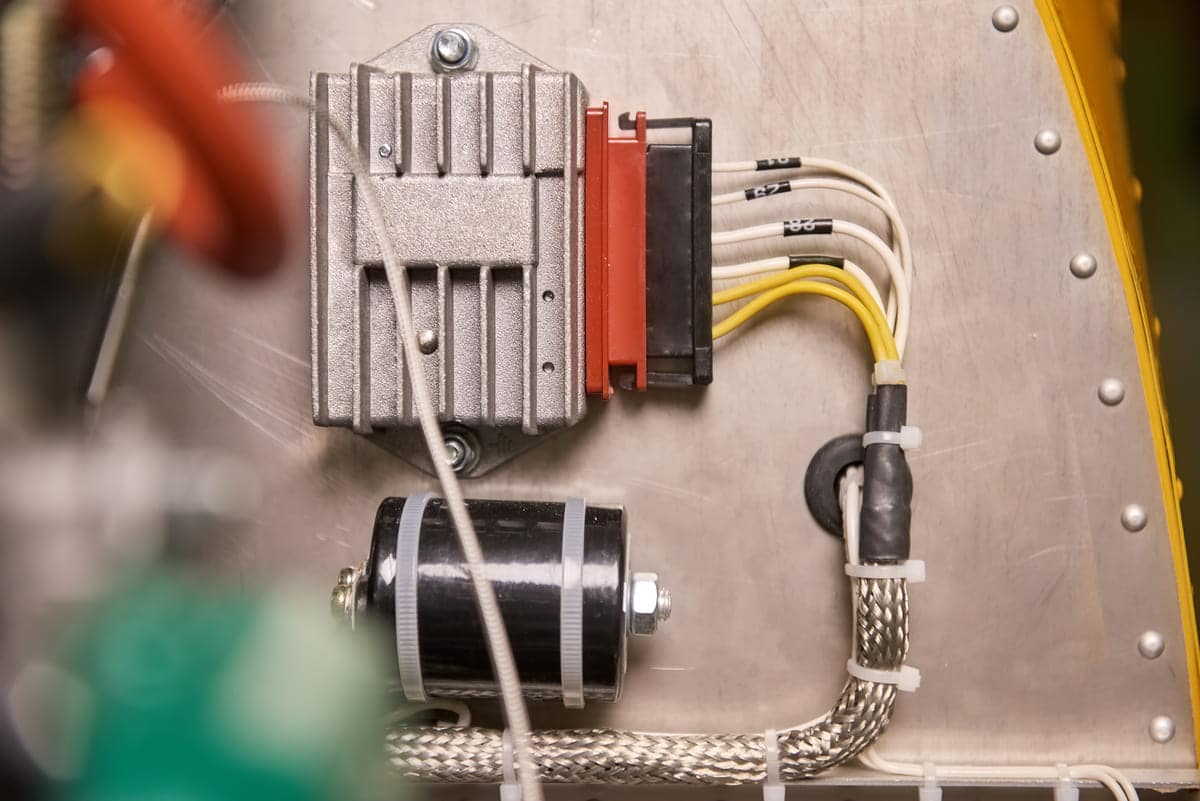The engine control unit uses real time data from various sensors to fine-tune the engine. It monitors and adjusts functions to make the overall driving experience better by efficient fuel combustion, less pollution, and adapting to different driving conditions.
What is an Engine Control Unit?
An Engine Control Unit also known as ECU is a computer that controls the engine of a vehicle. It processes data from various sensors. This data helps the ECU to adjust fuel injection, ignition timing, and other parameters.
The ECU makes the engine run efficiently and meets emission standards. It monitors the engine performance. When needed it adjusts to optimize power and fuel consumption.
Modern cars rely on ECUs for smooth operation. They have advanced technology to make the driving experience better. By controlling key engine parts the ECU makes the more reliable and durable.
References
- Engine control unit. Wikipedia. Retrieved from
- Engine Control Unit. Car Rental Gateway. Retrieved from
History of Engine Control Unit
The development of the Engine Control Unit (ECU) started in the 1970s. Early ECUs were simple and only controlled basic functions like . Automakers needed more control over emissions and fuel efficiency.
In the 1980s digital technology improved ECUs a lot. They started controlling ignition timing, air fuel ratio and other engine parameters. This led to better engine performance and reduced emissions.
By the 1990s ECUs had become more complex. They integrated with other vehicle systems like and braking. Modern ECUs now use complex algorithms and multiple sensors to control the engine.
Today ECUs are the heart of the vehicle. It ensures compliance with environmental regulations and makes the driving experience better.
References
- Engine Control Units. Monolithic Power Systems. Retrieved from
What are the Types of Engine Control Units?
There are several types of Engine Control Units (ECUs) for different functions in a vehicle. Here are the main types:
- Fuel Injection Control Unit: Controls fuel delivery to the engine for efficient combustion.
- Ignition Control Unit: Controls ignition timing for better engine performance.
- Transmission Control Unit (TCU): Controls the for smooth shifting.
- Body Control Module (BCM): Monitors and controls various electronic accessories in the vehicle like and windows.
- Powertrain Control Module (PCM): Integrates both engine and transmission control for overall vehicle performance.
Each one plays a vital role in the vehicle’s functionality and efficiency.
References
- Car ECU: Know the Functions, Types, and Characteristics of the Damage. Wuling. Retrieved from
How Does the ECU Function in a Car?
The Engine Control Unit (ECU) does several steps to control the engine. Here’s how it works:
- Collects Data: The ECU gathers real time data from various sensors. These sensors monitor engine parameters like temperature, pressure and air-fuel ratio.
- Processes Information: The ECU’s microcontroller processes the incoming sensor data. It uses pre-programmed control algorithms to analyze this information.
- Adjusts: Based on the analysis the ECU sends commands to actuators. These actuators adjust components like fuel injectors and ignition coils.
- Monitors: The ECU continuously monitors the engine performance. It ensures all adjustments are optimal and meets emission standards.
- Stores: The ECU stores control algorithms, calibration data and diagnostic information. This data is used for troubleshooting and engine maintenance.
- Ensures Compliance: The ECU ensures the engine complies to environmental regulations. It adjusts the operation to minimize emissions and maximize fuel efficiency.
Each step is important for the ECU to function properly so the vehicle runs smoothly and efficiently.

Where is the Engine Control Unit Located?
The Engine Control Unit (ECU) is usually located in the engine bay. Automakers often place it near the engine for easier access and faster data processing.
Some vehicles have the ECU inside the passenger compartment. This protects the unit from extreme temperatures and vibrations. It also makes wiring easier.
You can also find the ECU under the or beneath the center console. The location varies by vehicle make and model. Check your vehicle’s manual for the exact location.
Proper positioning of the ECU ensures it functions optimally and remains protected from external elements.
References
- What is an ECU in a car?. Carwow. Retrieved from https://www.carwow.co.uk/guides/glossary/what-is-an-ecu-in-a-car#gref


